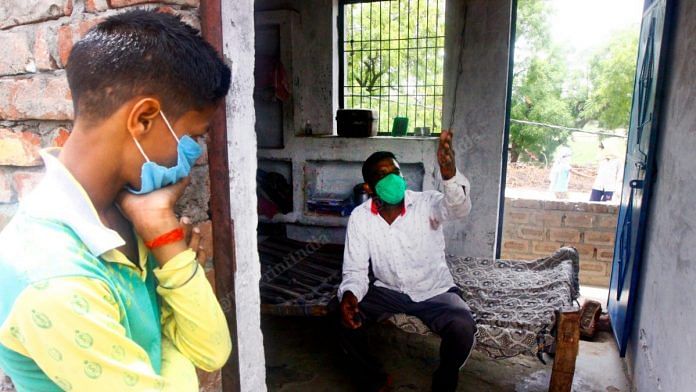Firozabad: Twenty four-year-old Brijesh Kumar has lived in Mumbai for over seven years. He sold dry fruits and also drove a cab with Uber. However, when the cab aggregator suspended operations due to coronavirus, he decided to come back to his hometown in Uttar Pradesh’s Firozabad district.
When he reached home on 23 March, Kumar felt feverish and quarantined himself in one part of the house. A mild cough refused to subside for a few days, so he went to the district hospital where they screened him fever.
“When I had no temperature, (they) sent me back home,” he said. A few more days later, Kumar’s cough got worse, so he returned to the hospital. This time, he was tested, his results coming positive for the virus.
“I was in the hospital from 17 April to 2 May. My only worry was how many other people I had infected. However, all my family members (mother, father and brother) tested negative,” he said Kumar.
Kumar’s isn’t an isolated case. District officials say the returning migrant population is one of the reasons why there’s been an increase in the Covid-19 cases in Firozabad district. More than 10,000 people returned to Firozabad, about 4,000 of whom arrived after May. Pool testing 1,110 samples saw 39 positive results.
Fifty kilometers away, Agra has also seen a spike in its cases and has registered a high Covid fatality rate. Agra’s chief medical officer says this is because of the constant movement of people between Firozabad and Agra, where health facilities are better.
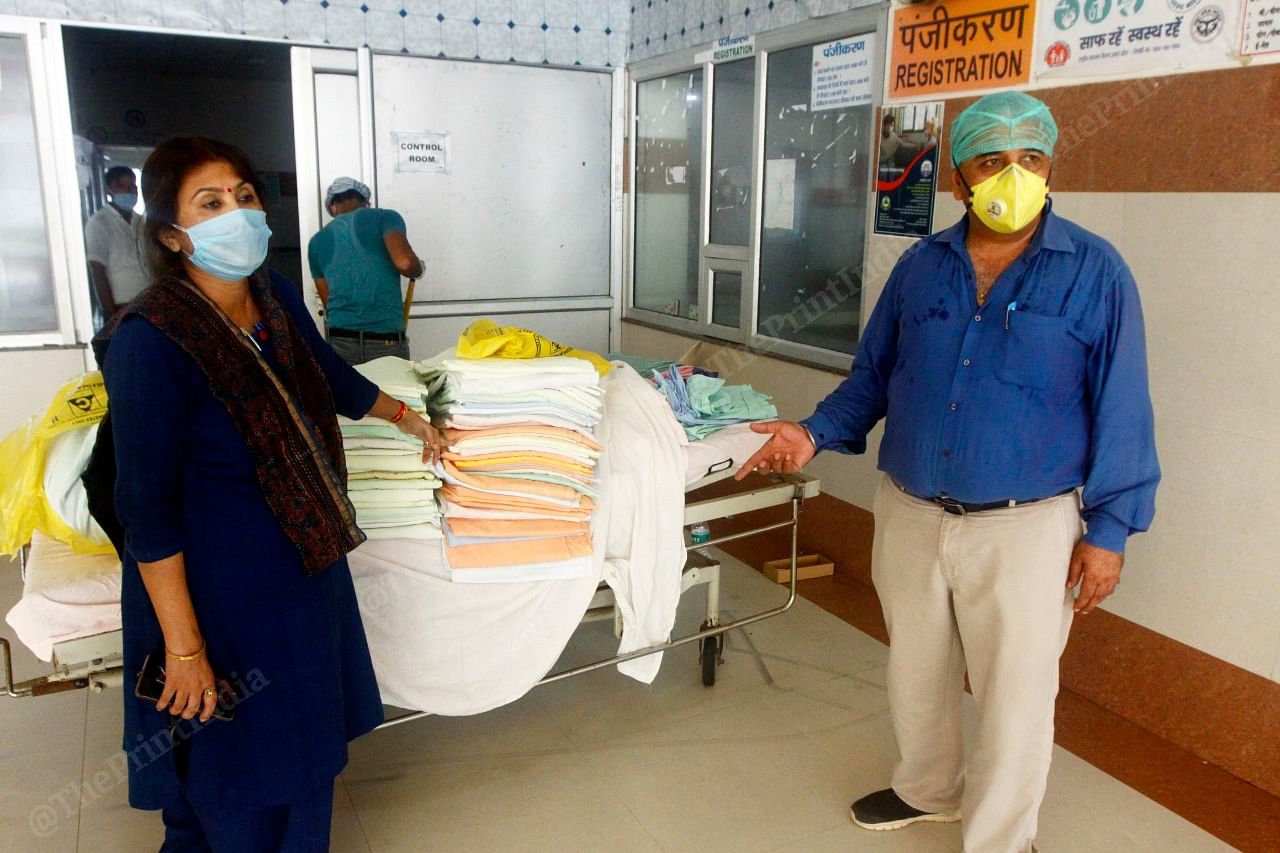
Firozabad District Magistrate Chandra Vijay Singh told ThePrint that before Unlock 1.0, which was implemented on 1 June, the total Covid-19 cases in the district were 230, with only 12 active cases. By 1 July, with businesses reopened, the figures more than doubled to 518 cases and 25 deaths. There are currently 37 active cases.
With the disease spreading to rural parts of the district, officials are stepping up testing and quarantine systems to ensure the situation doesn’t get out of hand. According to the district’s Chief Medical Officer Shiv Kumar Dixit, around 150 cases have been reported from the rural areas.
Also read: Yogi govt announces Covid contest, Rs 10,000 for ideas on how to break transmission chain
Tablighi meet, migrants and travel to Agra behind spike
Spread across more than 2,300 square kilometres and famous for manufacturing glass bangles, Firozabad district has a population of approximately 33 lakh people. The district is divided into nine blocks and one Nagar Nigam, and has five Nagar Pachayats.
In Firozabad city, which has a population of 10 lakh people, more than 350 cases were reported as of 29 June. But, rural areas have also been seeing many cases of Covid-19 cases.
District Magistrate Chandra Vijay Singh told ThePrint that the first Covid case in Firozabad district came from the Tablighi Jamaat cluster in New Delhi. “We had four cases connected with the Tablighi Jamaat. And then from them, we contact-traced close to 177 people, out of whom 68 tested positive,” he told ThePrint.
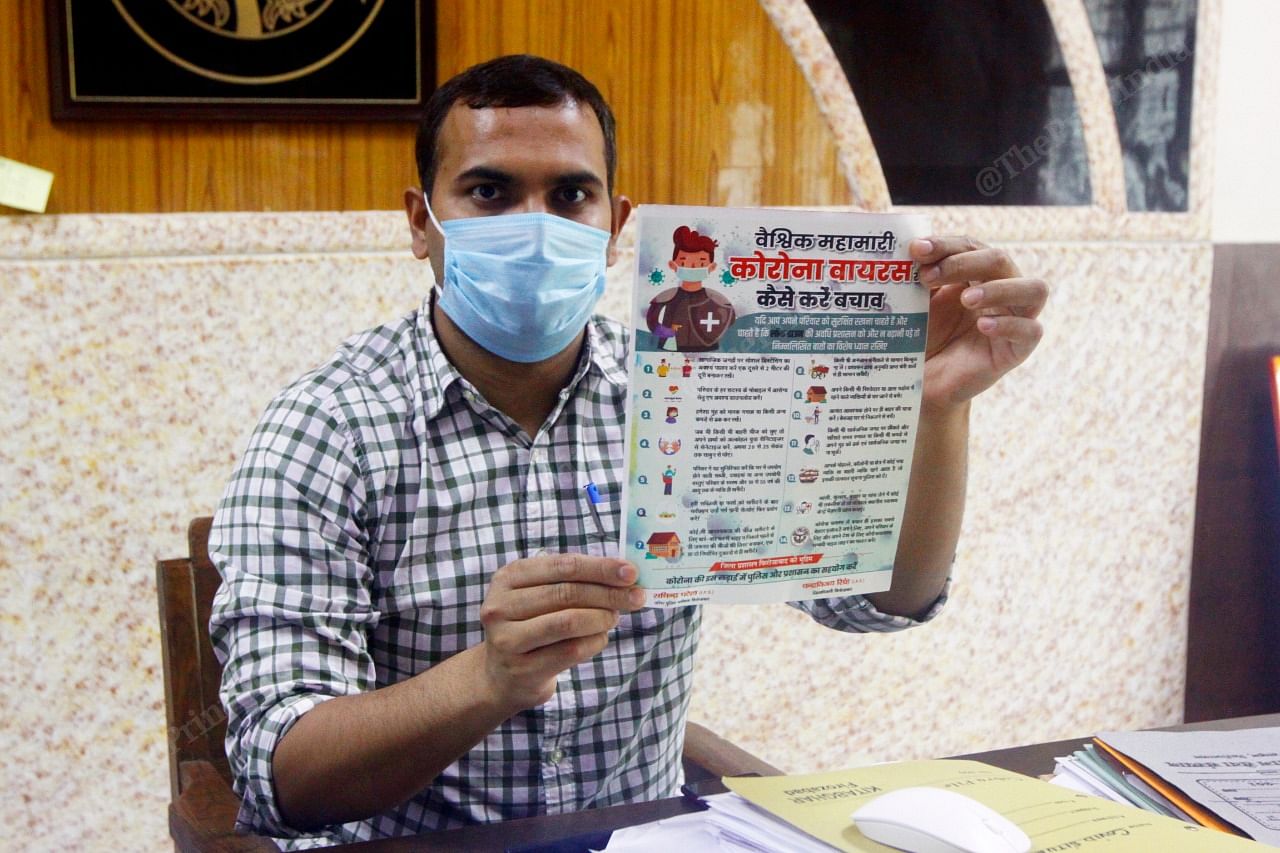
All the cases in the district are now either linked to the Tablighi Jamaat, people going to and from Agra or the migrant population that’s returning to villages, Singh said.
“None of the cases were in-born. They were either due to someone coming from outside into the district or a contact history with someone who was outside the district,” he said.
Amit Kumar, who runs a transport business and tested positive for Covid late in May, said he never stepped out of Firozabad in the past few months. He was hospitalised for 12 days after he developed a cold and had difficulty breathing.
“I don’t know how I got Covid as I did not step out of the district. However, I was in constant contact with my drivers and would meet them regularly. Therefore, there is a possibility I could have contracted it from one of them,” Kumar said.
During the lockdown, drivers in his company Bajrang Roadline were transporting mustard oil to Kolkata in trucks.
Apart from cases like Brijesh and Amit, there have been health workers and officials who tested positive in the district. One such case was that of 30-year-old Anubhav Sharma, who worked in the office of the Chief Medical Officer. He died of Covid on 23 May.
ThePrint spoke to his brother Pradeep Sharma who said Anubhav had complained of breathlessness and passed away half an hour after reaching the hospital.
He had tested positive for coronavirus.
“After that, three other people in our family also tested positive for Covid-19. This included his wife and two other family members. The sad part is that they just got married in February and already a tragedy beckoned them. I don’t know what his wife is going to do now,” said Pradeep.
Also read: Groom dead, over 100 test positive: Wedding in Bihar sets off Covid infection chain
Testing and hospital facilities
At present, the district conducts 200-250 tests per day, and hopes to reach a daily testing capacity of 600 a day. The district also has 70 active containment zones.
All cases are referred to one of Firozabad’s 30 Covid-compliant hospitals in the district. However, since health facilities are better in Agra, many travel the 50-odd km for treatment.
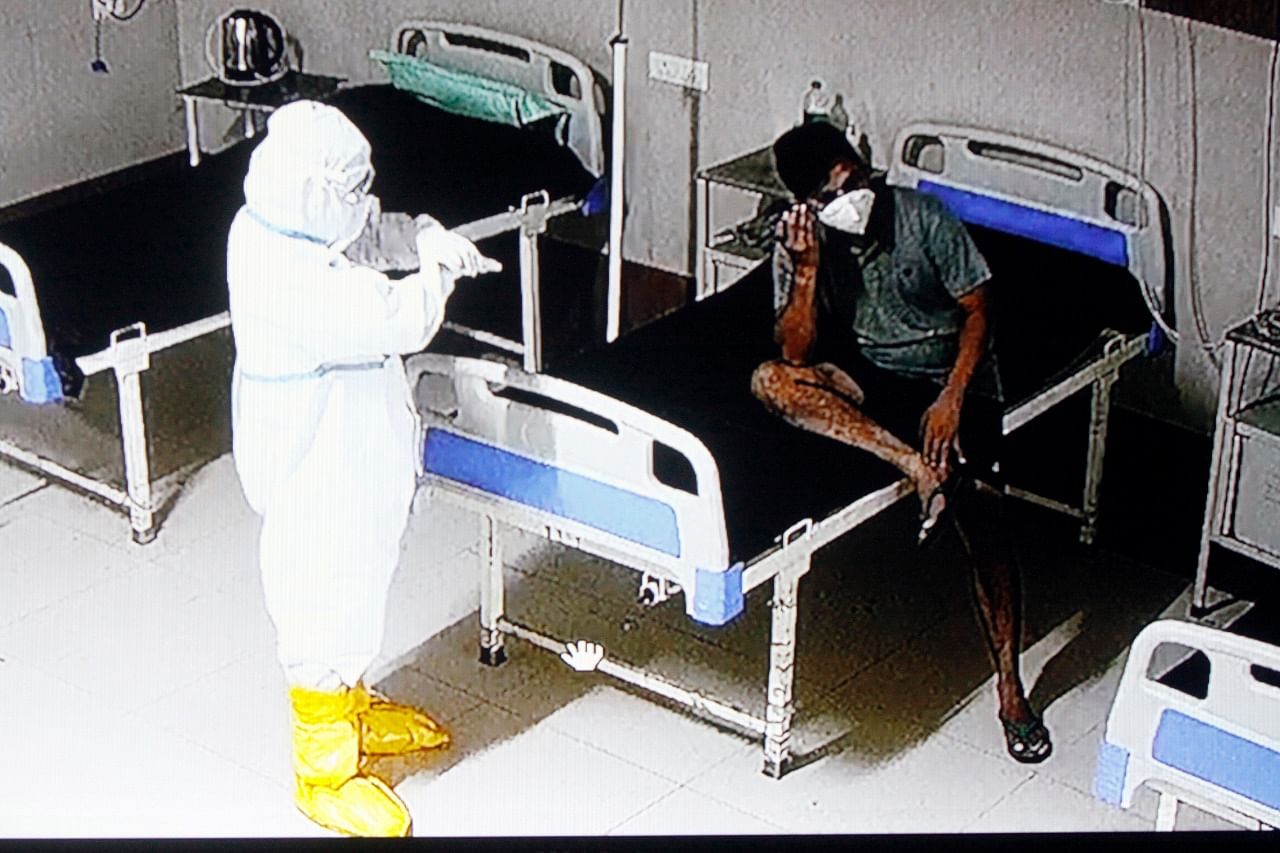
Among Firozabad’s Covid hospitals is the Government Medical College Hospital, which has 100 beds for virus cases. Principal of the Hospital, Dr Sangeeta Aneja said that another 100-bedded facility will soon be functional.
“We currently have 36 patients in the Covid-facility and five people in the ICU. Until now, a total of 10 Covid deaths have taken place in the hospital. However, four of them came to us in an extremely critical condition, with only 40 per cent oxygen in their bodies,” Dr Aneja said.
Also read: UP’s ‘Agra model’ questioned as Covid deaths rise in 4 districts, Priyanka targets Yogi govt
How rural Firozabad is coping
The Covid pandemic, which has infected more than 350 cases in the city, has also spread to the rural parts of the district. Tundla block, with a population of 2.73 lakh people, has reported the most cases among the district’s rural areas. Dr Sanjiv Verma, the medical superintendent of Tundla, said the block had 34 cases, all of which were a result of returning migrants.
“Initially, we had only nine reported cases and then for one month we had no cases. However, due to Unlock 1.0, our case tally increased with the returning migrants. At present, we have only six active cases and test 40-50 people everyday. Thankfully, we have had no Covid-19 deaths till date,” Dr Verma said.
Assistant Development Officer, Panchayat of Tundla, Lakshman Singh told ThePrint that the block set up an elaborate home quarantine procedure for the returning migrants. As many as 900 have returned from the cities since March.
Pool sampling of those entering Tundla is conducted. If they test positive, they are sent to the district hospital for treatment and if they test negative, they undergo three weeks of home quarantine. The houses are marked, a sanitisation team visits regularly for routine inspection and an ASHA worker comes regularly to check up on them.
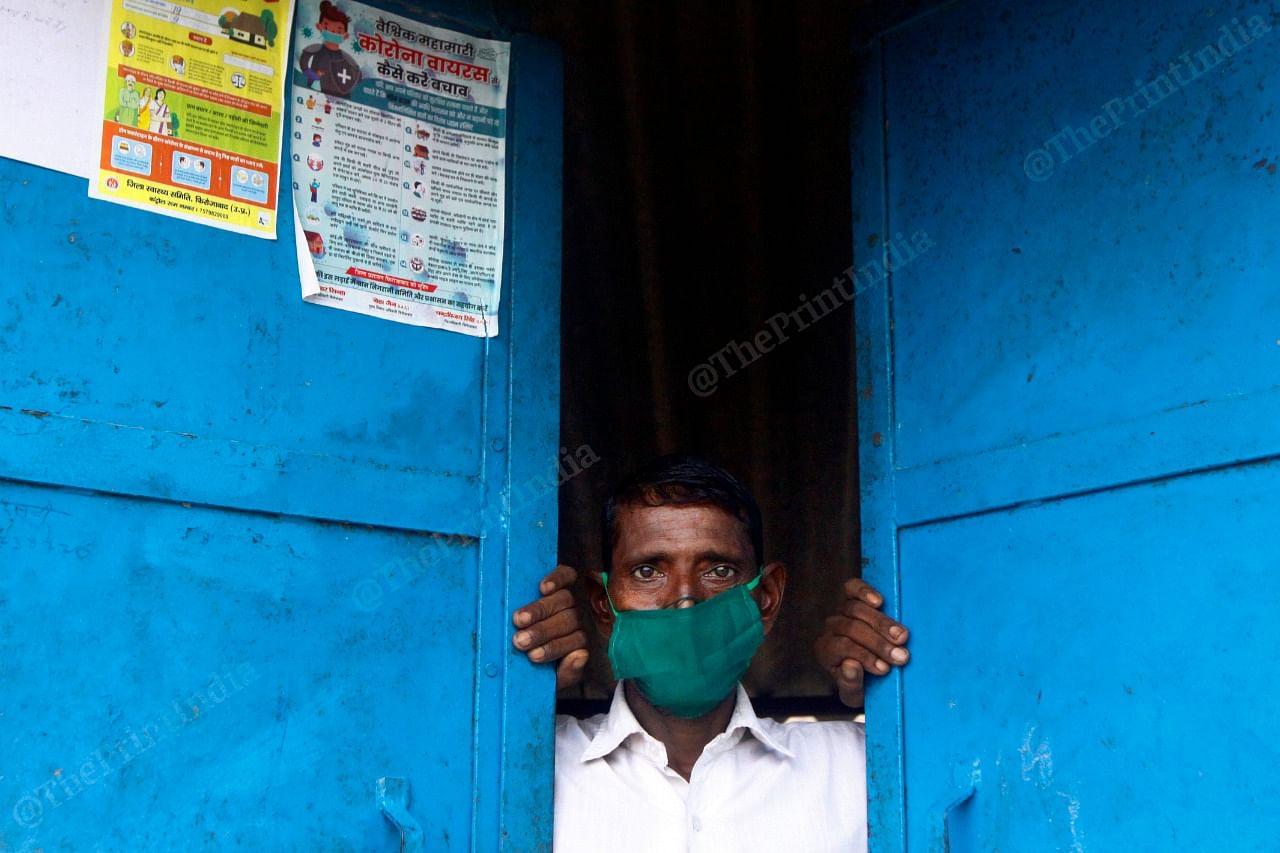
Among the people home quarantined is Netrapal Singh in Siroliya Village of Tundla block. Singh returned from Delhi on 14 June and has been living in his house alone. His wife and two children moved to their relatives’ home for the duration of the quarantine.
Singh told ThePrint, “The vegetable vendor comes outside my house and I put the bag and money out in advance and tell him from the window what all I want. Only when he leaves do I go out and collect the vegetables. I am also allowed to go out for one hour once in a few days to get daily essentials such as atta and rice.
“I don’t want anyone else to get infected because of me as I am a potential carrier. So it’s best if I stay inside only. I am looking forward to meeting my children when this gets over.”
In the nearby village Baghai, Hukum Singh, who returned from Ahmedabad, was also under home quarantine. Singh worked at Amul Dairy but returned as there was no work and he had no money.
“I had to change five buses to reach my home. I will now be quarantined till 9 July. After this gets over, I will not return to Ahmedabad for work. I will find work here itself,” he told ThePrint.
Also read: Cannot allow home isolation for mild Covid patients since they are carriers: UP govt to SC


